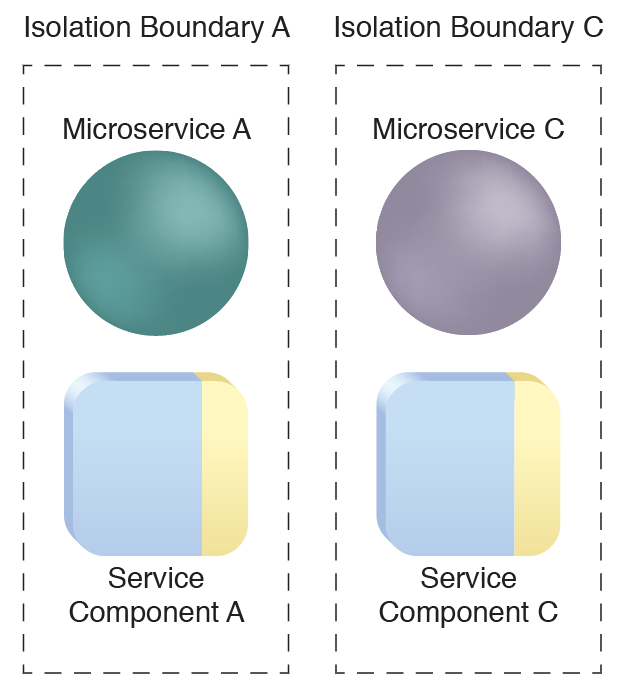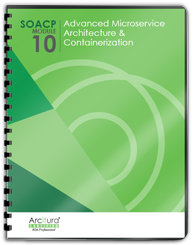Microservice and Containerization Patterns > Boundary Definition Patterns > Microservice Isolation Levels
Microservice Isolation Levels (Erl, Naserpour)
How can microservices be deployed while retaining their individual required level of isolation?

Problem
Solution
Application
Formal isolation levels are defined and assigned to microservices and available deployment models. This ensures that each microservice is implemented using an appropriate deployment model that meets its required isolation level. Components belonging to a given microservice must also be deployed inside the microservice’s isolation boundary.

This pattern can be applied using a number of pre-defined isolation levels, each with its own deployment environment, as explained and illustrated in the complete pattern description.
This pattern is covered in Module 10: Advanced Microservice Architecture & Containerization..
For more information regarding microservice and containerization courses and accreditation,
visit the Microservice Architect Certification program page..
